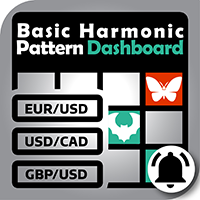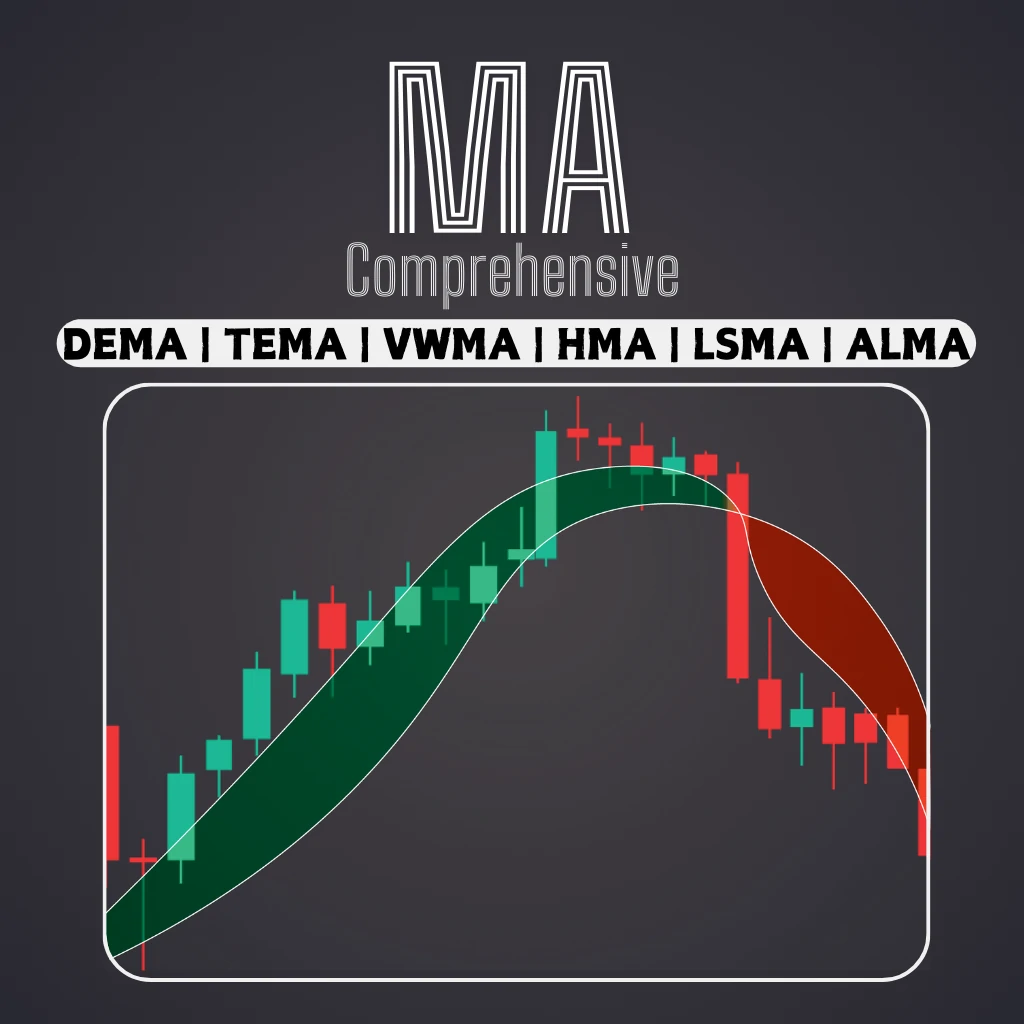Mastering Forex Trading: Applying Fibonacci Retracements Effectively
When it comes to Forex trading, it’s all about identifying trends and capitalizing on them. One tool that’s gained popularity among traders is the Fibonacci retracement. But what exactly is it, and how can it give you an edge in the volatile world of Forex?
In this article, I’ll delve into the nitty-gritty of Fibonacci retracements, explaining how they work and why they’re so crucial in Forex trading. Whether you’re a seasoned trader or just starting out, this guide will provide you with the insights you need to make the most of this powerful tool. So, buckle up, and let’s explore the world of Fibonacci retracements in Forex trading.
Understanding Fibonacci Retracements
Moving towards our next section, let’s dive deeply into the concept of Fibonacci retracements.
The Golden Ratio in Trading
Fibonacci retracement’s foundation lies in the Golden Ratio. Traders often believe the Golden Ratio possesses some form of mystical quality. However, it’s nothing more than a result of mathematical computation. You’ll find it by dividing a number in the Fibonacci sequence by its immediate successor. For example, 89 divided by 144 equals approximately 0.618. Observers may notice this number appearing repeatedly in price changes in the Forex market.
Historical Significance of Fibonacci Numbers
Italian mathematician Leonardo Fibonacci brought these special numbers, known as Fibonacci numbers, to the Western world. Interestingly, Fibonacci numbers display an uncanny tendency to appear in aspects of life including nature, architecture, and yes, even the financial markets. In Forex trading, traders rely on Fibonacci retracements to predict potential turning points in the currency market. It’s more than a tool, it’s a blend of historical significance, and mathematical beauty, shaping the contours of modern trading.
The Basics of Fibonacci Retracements in Forex
Delving deeper into Fibonacci retracements, let’s focus on its fundamentals, their connection to the Forex market, and how to best utilize these tools to maximize trading effectiveness.
Defining Fibonacci Levels
The first aspect I’ll tackle is understanding Fibonacci levels. Derived from the Fibonacci sequence – a series of numbers where each number is the sum of the two preceding ones (0,1,1,2,3,5,8…), Fibonacci levels, or retracements, are mathematical points set horizontally on a currency pair chart. They pinpoint potential levels where price reversals will occur, with the major Fibonacci levels being 23.6%, 38.2%, 50%, 61.8%, and 100%. Remember, the Golden Ratio, 1.618, stands as a cornerstone of these percentages, deeply rooted in the Fibonacci sequence.
Setting Up Fibonacci Retracement Tools
After identifying what Fibonacci levels are, it’s crucial to master how to set up your Fibonacci retracement tools. You begin by identifying the trend on your Forex chart – upward or downward, either works. For an upward trend, draw the Fibonacci from the lowest point of the chart (swing low) to the highest (swing high). In contrast, for a downward trend, start from the top, the swing high and go to the swing low. Once the tool is set up, pay attention to the crucial levels: 38.2%, 50%, and 61.8%, as these areas, more often than not, signify future price reversals.
These tools, when used correctly, serve as a valuable asset in a trader’s kit, giving them an upper hand in discerning future market movements. Remember that trading involves significant risk and a clear understanding of these tools helps to mitigate such risks.
Strategies for Using Fibonacci Retracements
Identifying Potential Reversal Points
In Fibonacci retracements, potential reversal points or price levels get determined by the key Fibonacci ratios, namely 23.6%, 38.2%, 50%, 61.8%, and 78.6%. Upon spotting a trend, traders often pull the Fibonacci retracement tool from the low to the high if it’s an uptrend, or high to low if it’s a downtrend. Fibonacci levels are then rendered on the chart, suggesting potential reversal points. For example, in a bullish trend, the price might retrace to the 38.2 % level before resuming its upward journey.
Combining with Other Technical Indicators
To enhance the effectiveness of Fibonacci retracements, it’s best to use them in conjunction with other technical indicators. This approach helps confirm whether a price level might indeed act as a support or resistance. For instance, one might zoom out to observe the larger trend, or use trend lines, volume indicators or Moving Averages in combination with Fibonacci levels. The key to success is in experimenting and testing to find the mix of strategies that fits your trading style best. It’s also vital to bear in mind that, like all other tools, Fibonacci retracements aren’t perfect and contain risk. Hence, practicing good risk management is essential.
Advantages of Fibonacci Retracements in Forex
Fibonacci retracements prove to be a potent tool in the arsenal of Forex traders. This section of the article uncovers their various advantages, focusing on precision in market analysis and risk management applications.
Precision in Market Analysis
A significant advantage of Fibonacci retracements is the precision they offer in market analysis. Utilizing key Fibonacci ratios, Forex traders spot likely points of support or resistance. These numerical levels—23.6%, 38.2%, 50%, 61.8%, and 78.6%—aren’t arbitrary. They individuate price points where reversal is likely, considering that history tends to repeat itself in financial markets.
For instance, after a substantial price increase, traders use these ratios to identify probable levels where the price might retract before continuing the upward trend. This precision doesn’t just aid in making more accurate predictions, but it also helps in setting profit targets and stop-loss orders.
Risk Management Applications
Beyond market analysis, Fibonacci retracements come with risk management benefits. Trading in Forex involves high risk, but the precision of Fibonacci retracements helps mitigate this risk. Not only does it provide potential entry and exit points, it also assists in establishing an effective risk-reward ratio.
Say a trader identifies a potential retracement at the 50% Fibonacci level, they might decide to put in a buy order there. At the same time, they set a stop-loss order just below the next Fibonacci level down, at 61.8%. The target profit, however, might be set at the previous high that occurred before the retracement. This strategy ensures that the trader only risks a fraction of the anticipated profit. Thanks to Fibonacci retracements, traders apply systematic tactics to manage risk than leaving it to unpredictability.
Common Mistakes to Avoid with Fibonacci Retracements
Fibonacci retracements, no matter how significant in forex trading, have their pitfalls when relied on compulsively or misinterpreted. To utilize this tool effectively, It’s key to decipher the anticipated potential errors and their avoidance measures.
Overreliance on Fibonacci Levels
Though Fibonacci retracements play a central role in locating potential support and resistance levels, they don’t guarantee foolproof predictions. Some traders commit the common error of overreliance on such mathematical relationships, applying Fibonacci ratios as their sole technical indicators. It’s a misstep that often results in misplaced trades based on incorrect predictions.
For instance, a trader might foresee a 61.8% retracement level as the only purchasing spot, disregarding the price action. Consequently, the trader might enter a position too early or even miss other potential trade setups that aren’t exactly at the 61.8% level.
To tackle this issue, traders could integrate Fibonacci retracements with other technical indicators such as Relative Strength Index (RSI), Moving Average Convergence Divergence (MACD), and momentum oscillators. Coupling these tools offers a more robust strategy that strengthens both entry and exit decisions.
Misinterpreting Retracement Signals
A frequent mistake committed by traders involves misconstruing retracement signs. This often arises in Fibonacci retracements where there’s an assumption that price will automatically reverse upon hitting a Fibonacci level. It leads to a faulty decision — the belief that as soon as price hits a 50% or 78.6% retracement level, it means that it’s time to enter a trade assuming reversal.
In reality, price levels may hit the Fibonacci retracement point and continue with the initial trend instead of reversing.
Familiarizing oneself with price behavior near the Fibonacci levels helps tackle this commonly seen pitfall. Traders may use candlestick patterns at the retracement levels or rely on other technical indicators to confirm potential reversals. This way, the reliance on Fibonacci signals alone to predict market trends becomes secondary to a composite analytical viewpoint.
A grasp of the common mistakes made when using Fibonacci retracements allows traders to maximize these components objectively in forex trading, integrating them with other tools for precise market analysis and risk management.
Real-Life Examples of Fibonacci in Action
Drawing effectively on the knowledge of Fibonacci retracement, let’s take a closer look at its application in the real world. It’s seen that this ubiquitous concept extends rather intriguingly into currency market scenarios and learning experiences from successful forex traders.
Retracement Scenarios in Currency Pairs
Currency pairs, with their constantly fluctuating values, offer perfect grounds for Fibonacci retracement scenarios. Consider, for instance, the EUR/USD exchange rate that climbed from 1.2150 to 1.3030 in two weeks around November 2017. Seeing the steep ascent, a trader might suspect a reversal and use our Fibonacci tool. Drawing a line from 1.2150 to 1.3030, it’d yield several potential resistance lines.
First off, the 23.6% retracement level sat at 1.2885. Albeit a minor pullback, the euro unmistakably stalled there before again rising. Next, the 38.2% retracement level at 1.2650. Traders watching for reversal points, considering this level and a plethora of other indicators, might premeditate an imminent major pullback.
Learning from Successful Forex Traders
Top forex traders often share their trading strategies, offering invaluable lessons in Fibonacci applications. Legendary trader, Paul Tudor Jones shared once, “I believe the very best money is made at market turns.” He, like many successful investors, relies heavily on Fibonacci retracements to foresee those turns. His strategy uniquely blends Fibonacci with other indicators like moving averages and pivot points, strengthening the reliability of his predictions.
Another adept trader, Bruce Kovner, emphasizes patience when it comes to Fibonacci trading. Patience, he believes, is key. Waiting for the price to display behavior around a Fibonacci level, avoiding impulsive actions, and validating signals with additional indicators. His methodical approach reduced risk while simultaneously exploiting retracement opportunities.
The above snapshots are testament to the versatile practicality and precision of Fibonacci retracements. They present traders with the tools to navigate the intricate trails of the Forex market confidently. The tapestry of price fluctuations, patterns, and trends, suddenly seems less overwhelming and more navigable, warranting a rich understanding of markets – as demonstrated by successful veterans of the trade.
Conclusion
I’ve taken you on a journey through the world of Fibonacci retracements in Forex trading. We’ve seen its power in identifying market trends and how it can give you an edge. We’ve learned that it’s not a standalone tool but works best when used in conjunction with other technical indicators. We’ve walked through real-life examples, showing how it’s applied in the EUR/USD exchange rate analysis. We’ve even peeked into the strategies of successful traders like Paul Tudor Jones and Bruce Kovner, who use Fibonacci retracements to predict market turns and manage risks. Now, it’s your turn to harness the precision of Fibonacci retracements and navigate the Forex market with confidence and knowledge.
Remember, the Forex market isn’t a game of chance. It’s a game of strategy and informed decision-making. Fibonacci retracements are one of your best allies in this game. So go ahead, give it a try and see the difference it can make in your trading.
If this article was useful for you, you can also read the Pivot Points article.













